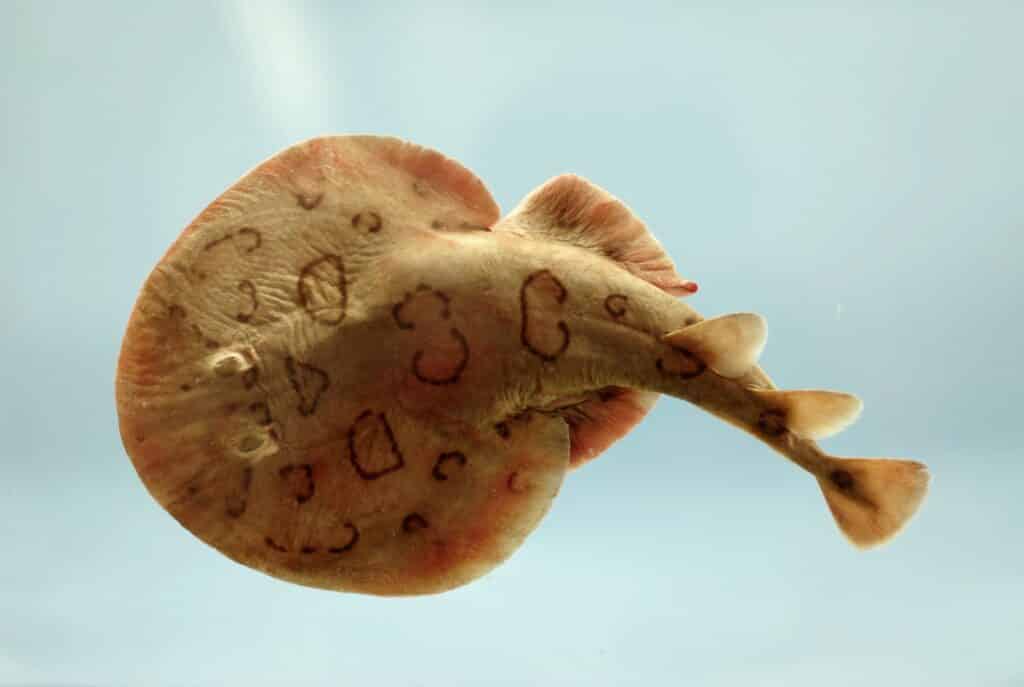
While much of the world literature is concerned with the electric organs of the torpedo or electric rays, Gulf Specimen Marine Lab is focusing on the ray’s unique behavior of selecting and concentrating magnetic sand grains and other heavy minerals in its vestibular system as well as the electrical properties of the grains. Is the lesser electric ray, Narcine brasiliensis using its exogenous magnetic sand grains as a primitive “device” in conjunction with endogenous magnetite grains to augment sensory abilities? Is this “device” facilitated in any way by the electric field generating capabilities of the organism?
The lesser electric ray lives in shallow water, turbid estuarine environments. Like other elasmobranch fishes, they are likely to have submicroscopic nano particles of biogenetic magnetite crystals in their tissues that may assist in orienting to the earth’s magnetic field. However, Narcine also sifts exogenous heavy mineral sand grains from the sea floor and concentrates them deep in the vestibular sacculus, which overlies an bi-lobed orange brain stem. Although the function of the magnetite, titanium, zircons and other heavy mineral grains is unknown, it is hypothesized that they may assist Narcine in locating burrowing prey and in orientation. Their skull has an orange brain stem that runs between the two sacculus organs, unlike any other creature on earth.
Trawling commonly produces great quantities of fish and other marine life. Valuable species are removed and the bycatch, which may be up to 90% or more of the total catch, is discarded overboard.
The deluge of disoriented and stunned animals routinely attracts large numbers of predatory sharks and bottle-nosed dolphins, which follow the vessel and feed aggressively on the discarded bycatch that includes butterfly rays, stingrays, cow-nosed rays, and electric rays. Observations indicate that Narcine is actively avoided by both groups of predators. On several occasions, sharks were observed to begin attacks on electric rays and break off the attack in mid strike. The electric rays were always unharmed and slowly swam back down to the bottom.
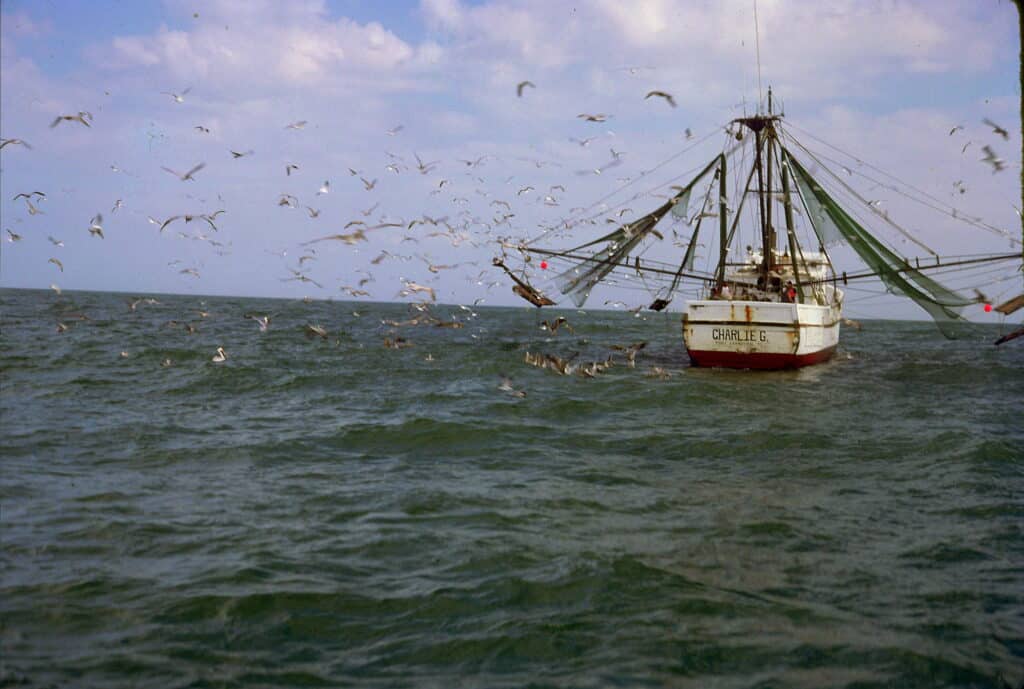

Hovering sea gulls refused to eat juvenile electric rays, even though the gulls readily dove and ate similar-sized flat fish. Preliminary studies in an aquarium environment suggest that the rays sense the approach of a predator and actively discharge their electric organs to repel predators. Narcine possesses large electric organs that deliver a discharge of approximately 100 volts. The discharge is used for protection and for feeding. It is thought to paralyze and capture prey, which consist of eels, mud shrimp, and polychaete worms burrowing below the surface in sand.
Electric Rays Have Rocks in Their Heads
Excerpted from a chapter "Night of the Electric Ray" in Jack Rudloe's book, The Wilderness Coast, E. P. Dutton, 1988
“Whether it was the outpouring of the muddy Apalachicola River, sweeping nutrients from the vast river swamp and drainage systems of Alabama and Georgia into the Gulf, or the peculiar crosscurrents driven by winds and tides sweeping across the sandbars that caused them to gather on the “ray bars”, we couldn’t say. Perhaps they were drawn to the magnetic anomaly off St. George Island, a great iron deposit buried hundreds of feet beneath the sediments that had a magnetic field many times stronger than the earth’s. Throughout their range from Brazil to North Carolina, they were often found around similar bars in the path of great rivers sweeping out to sea.
Perhaps the electric rays gathered there to mine grains of magnetite and other heavy mineral sands that were eroded from mountains and rocks hundreds of miles away and carried by the river to the sea. For some unknown reason, we found that all electric rays out there, from the time they were born, accumulated black sand grains in the labyrinths of their inner ears. They seemed to work the grains down into the chambers next to the brain through two tiny ducts on the top of the head.

Dr. Robert Johnson, the researcher who was receiving the rays at Massachusetts General Hospital, was the first to make that discovery with Narcine, although as far back as the 1840s naturalists knew that closely related Torpedo rays in the Mediterranean had black volcanic particles in their heads. He discovered them while dissecting the brains. One afternoon in a laboratory at the nearby university marine station, he slit open the skull cavity to show us. Deep in the skull amid the connective tissue of body fluids were grains of black sand.
When I placed his dissected fish under the dissecting scope and turned the focusing knob, the blurry world came into clarity, and the grains were blown up until they looked like cobbles on a New England beach. They glittered up at me, with lustrous shiny blacks, some clear, others reddish and brown. Their shapes varied, but there was an abundance of transparent elongate grains that geologists later identified as zircons. All the rocks in their heads were heavy minerals such as sphene, zircons, ilmenite, garnet, and magnetite. They accumulated in a curved black band, sandwiched between clear or white grains contained in a membrane filled with electrolytic jellylike fluid. The entire thing could be pulled out with a forceps in a little bag.
It was not uncommon to find concentrations of such heavy minerals in the sand around the barrier beaches and offshore bars where rays congregate. But for some totally unknown reason, the electric rays carry these heavy minerals in their heads at concentrations many times higher than that of the seafloor.
Exactly why electric rays would collect such things deep in their body tissues was a complete mystery. Some scientists thought they got there accidentally, that they just spilled in through their endolymphatic ducts while the rays were feeding. Every time a ray gulps down a worm, it blasts a plume of sand through the large round spiracles on its back, right beside the duct opening. The theory was that the heavier grains settled and somehow worked their way down into the inner ears, through the tiny ducts on the top of the head.
But that is not the case. They deliberate selected the grains and work them down into their inner ears. One day I put a juvenile electric ray under a dissecting scope in a small bowl of water to see whether I could learn something about how it worked. It wasn’t easy making it sit still, but at last I got it into focus. Its body was covered with tiny holes, the Ampullae of Lorenzini, the jelly-filled sensory pits that enable all sharks and rays to detect electrical fields and depth. But no sand grains could enter there.
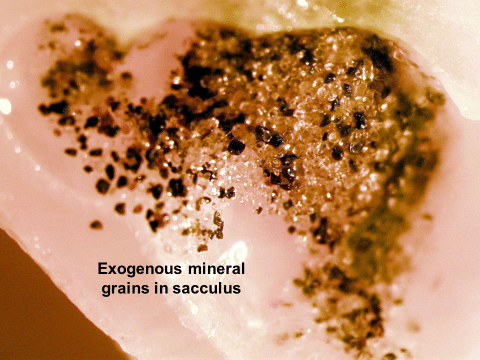
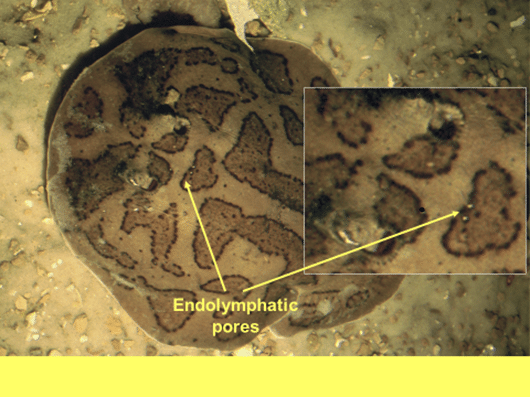
Then suddenly I saw two large white openings called the Endolymphatic pores behind the eyes about the diameter of a large sand grain. When I brought them into focus, I almost jumped out of my chair. Something reached up out of the hole, like a jack in the box, a tendril of some sort, and drew back in. Scarcely believing my eyes, I took another look, and saw only empty, elliptical pits. Then it did it again; the thing popped out again.
Hastily I sprinkled some sand from the bottom of the dish on it, and the organ, which I had decided was functioning more as a flap valve, seemed to push them away or acted as a plug. Certainly the grains didn’t fall passively into the rays’ head, as some scientists believed.
The muscular action of the skin shook off most of the grains, but then something else was happening. A single black grain suddenly rolled uphill, right into the endolymphatic pore. The ray’s body sloped downward, but this one appeared to defy gravity, as if it were being pulled by a magnet. It landed in the pore like a golf ball making a hole in one. The organ appeared to be working it around and around, pulling it down into the pore. It was halfway down, almost out of sight, when the ray spit it out.
About a third of the grains were magnetic, we learned, and wondered whether the selecting organ could pick up on the tiny magnetic fields. It’s unlikely that they use the magnetite sand grain s to orient to the earth’s geomagnetic field. Like other elasmobranchs, sea turtles, whales and humans, they are likely born with the submicroscopic biogenic magnetite crystals that aide in orientation.
Some forty years ago the grains were identified with X-ray diffraction studies by the Florida State University’s geology department. One of the most amazing finds were the zircon grains we found, many of them perfect crystals with pointed ends which appeared to have grown inside the electric rays’ bodies.
It is a mystery as to why the rays seek out these minerals. At birth, the sacculus of baby electric rays are empty, and the start “mining” the sands immediately as soon as they leave their mothers. Since every ray we’ve ever dissected have them there must be a reason for it. We seek partners to work on this compelling phenomenon, which might lead to developing better computer chips, cell phones or even new energy sources. More than half the sand in their sacculus is quartz which is a semi-conductor. Consider that the silica chips and wafers in our computers and cell phones come from purified silica sands, which are coated with other minerals including garnets and zirconium.
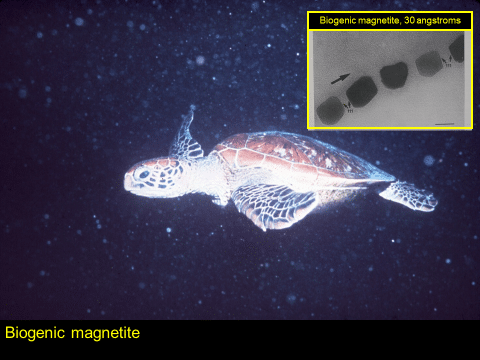
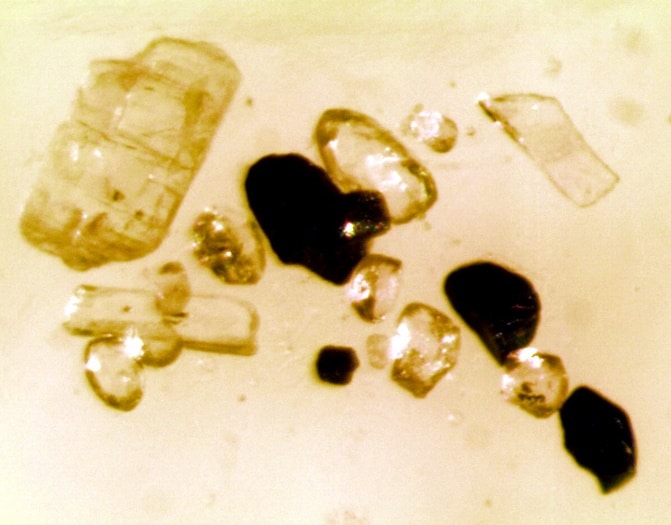
There are many questions to be answered, like what is the biochemical nature of the endolymphatic gel containing the grains? What is the proposed mechanism for transducing information from the sequestered granules in the sacculus to the nervous system? And why is the electric ray the only creature on earth with an orange brain stem? Perhaps it assists in transducing information from the sequestered granules in the sacculus to the nervous system. Whatever the reason, the fossil record shows that electric or torpedo rays have been around since the Eocene, thirty million years ago and were probably packing sand grains into their inner ears.
Help us explore this fantastic mystery, “To Go where no man has ever gone before!” Help us to model their systems and perhaps develop uses and products that could range from advanced batteries to perhaps develop new computer chips and technologies. “Remember that Star Trek’s Starship Enterprise, which looks like a mechanical flying electric ray, was powered by dilithium crystals, a fictional crystalline mineral used for controlling the power of the warp drive.


